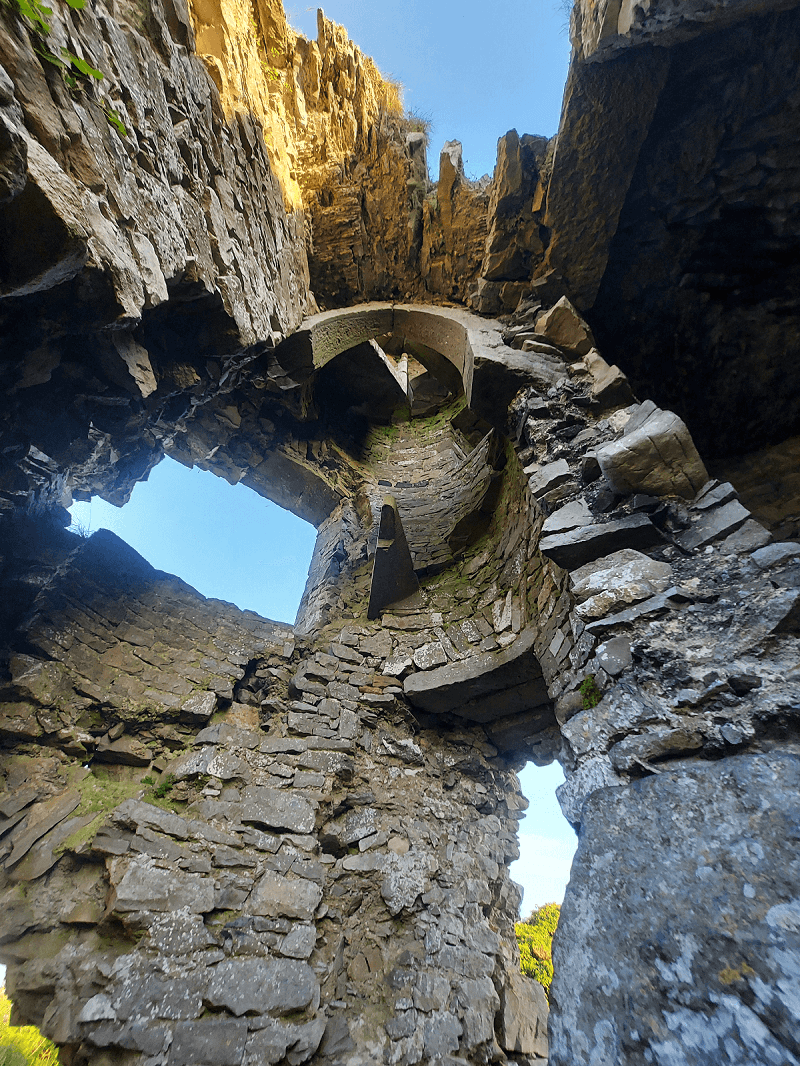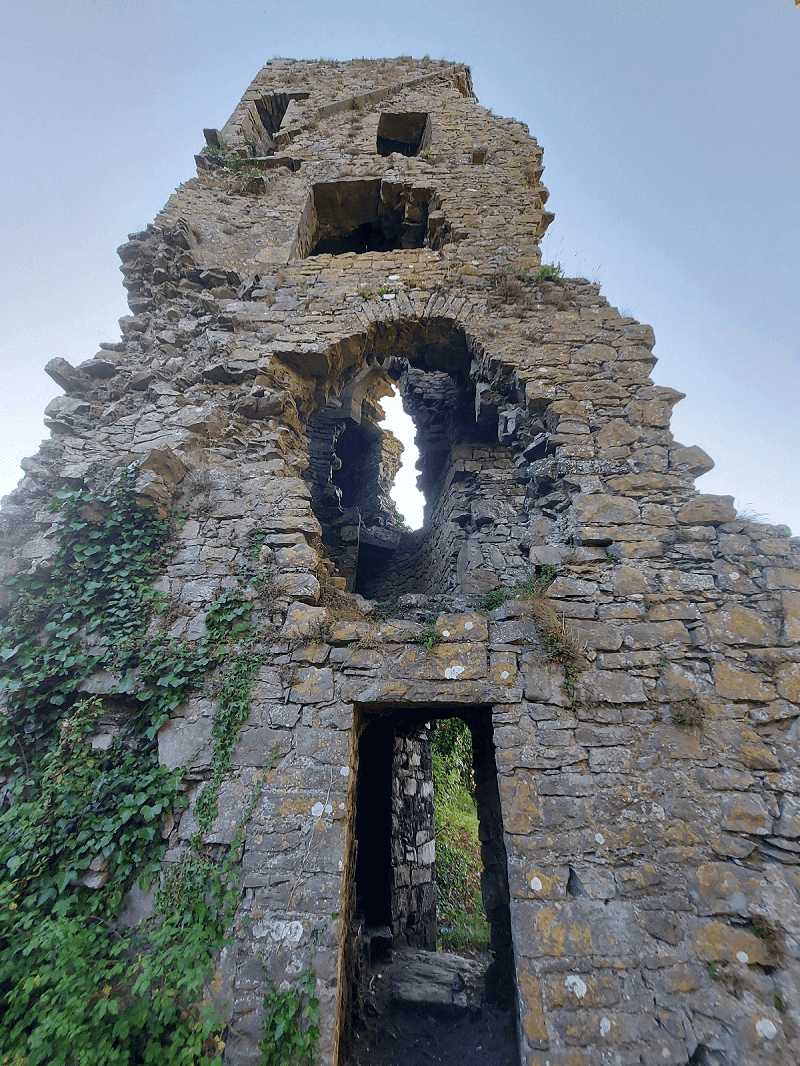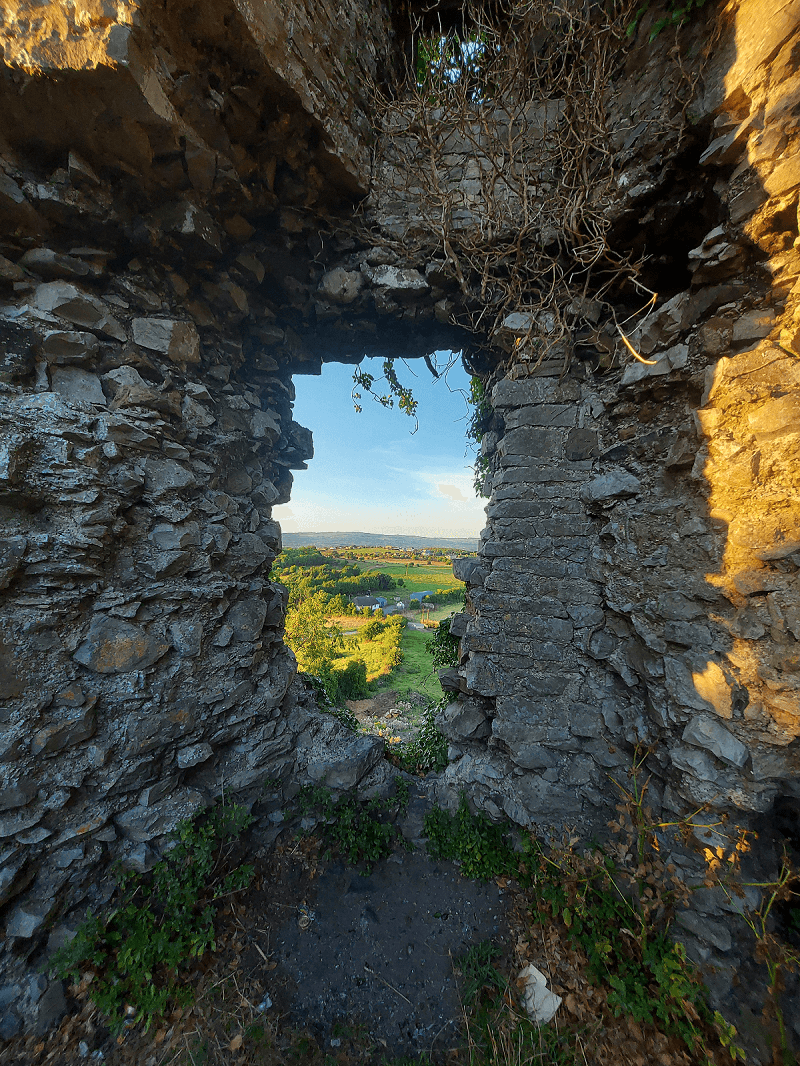History
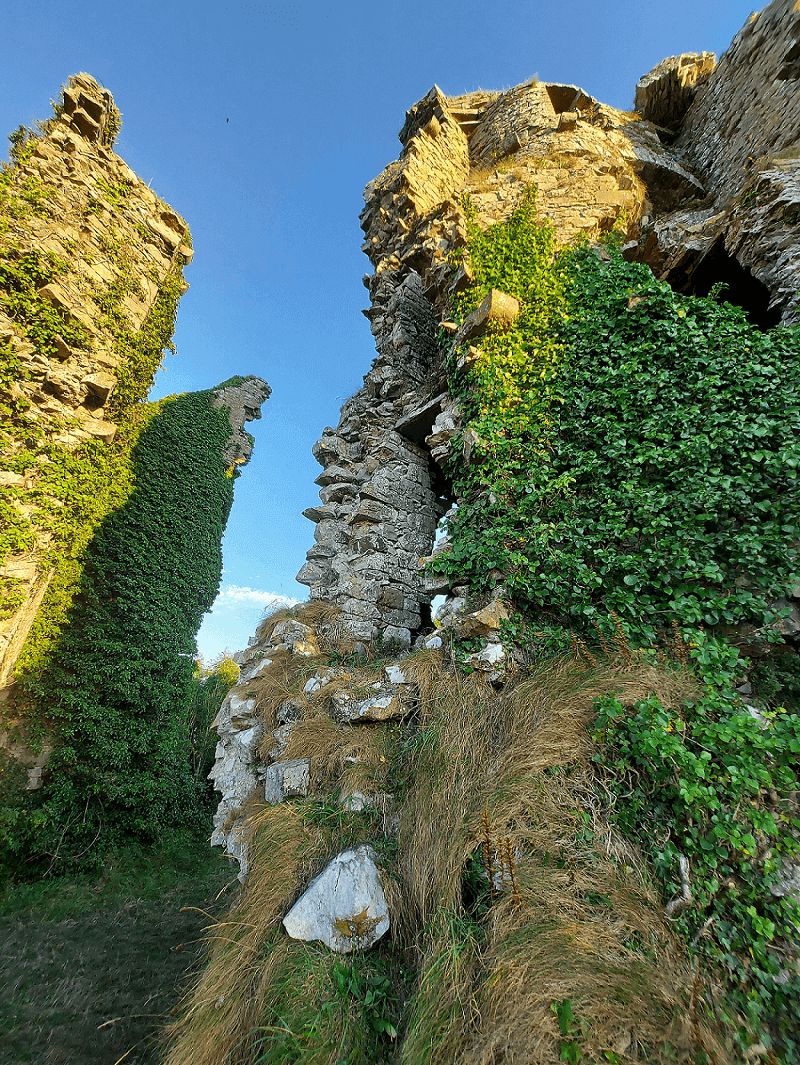
Carrigogunnell Castle is a medieval Irish fortification near the village of Clarina, built on a rock outcrop,
dominating the view over the Shannon river [1].
Perhaps the original structure was built at the beginning of the 13th century, more precisely around 1209,
when, according to the Annals of Innisfallen, the land was entrusted by King John to Donchad Cairbreach O'Brien,
King of Thomond, an ally of the English king [1-3].
Since then, it had been an important stronghold of the O'Briens for the next decades [4].
Anyway, no documents provide evidence of the castle’s existence at that time and
several sources attribute the building of the castle to Brian Duv O'Brien, in 1449 [2].
In 1536, Carrigogunnell became sadly famous as it was the theatre of a massacre,
in which local women and children were also involved, ordered by Leonard Grey, First Viscount Grane,
Lord Deputy of Ireland, who leaded an army against Irish rebels who did not acknowledge Henry VIII
as supreme head of the Church of England [1, 3].
Grey’s Army broke into the castle and forced the garrison to surrender:
soldiers were taken to Limerick and executed [2, 3].
The Castle was later returned to the O’Brien’s [2].
In 1651, Cromwell’s forces occupied the castle, held till then by Donough O'Brien of Carrigogunnell,
who supported the Confederates in opposition to Cromwell [2].
In 1691, during the Williamite War in Ireland, held by the Catholic Jacobite forces,
Limerick was sieged by the Williamite soldiers and eventually capitulated,
leading to the favourable Treaty of Limerick [1].
During this time, Carrigogunnell castle was occupied by a force of 150 men loyal to king James II, till August,
when the Dutch general Godert de Ginckell sent Lieutenant-General Scravemore to take the castle [1, 3].
The Jacobite garrison surrendered and it was imprisoned [1].
Shortly after, in September, de Ginckell ordered Carrigogunnell to be destroyed with cannon fire [1-3].
What we see today is pretty much what is left after the 1691 bombardement.
Beside the history, there are also several legends around Carrigogunnell.
Since at least the late medieval period the name of the castle has been associated
with Gaelic for “rock of the candle” [1, 3].
The reason was this: before the construction of the castle, the rock at Carrigogunnel was the abode of a hag, Grana:
every night, she used to light an enchanted candle on the peak of the rock and a person
who looked at it would be dead before sunrise [1].
Fortunately, the spell was lifted by a local hero from the Regan clan,
with the aid of a magic cap that he received from the magician Luno of Lochlin [1].
Probably it was because of its troubled history, its fascinating shape and the legends enriching its background
that Carrigogunnel became protagonist of the back cover of The unforgettable fire,
the U2 album released in 1984.
References
- [1] Wikipedia, Carrigogunnell
- [2] Ballybrown/Clarina Community, Carrigogunnell
- [3] Patrick Comerford, The Hag and the legends of the castle of the candles at Carrigogunnell Castle
- [4] Megalithic Ireland, Carrigogunnell, O'Brien castle
